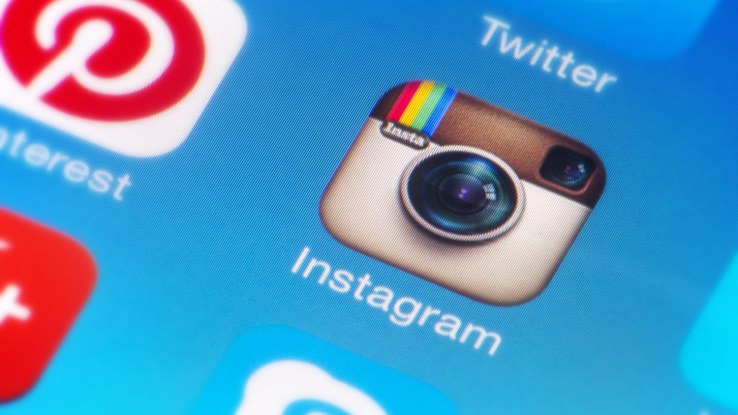

Earlier this week Instagram updated its news feed algorithm. Posts will no longer appear in chronological order and instead be sorted “based on the likelihood you’ll be interested in the content, your relationship with the person posting, and the timeliness of the post.”
What this means is that Instagram will choose what to surface and when – essentially mirroring Facebook’s news feed.
This change is being spun as a way to optimize a user’s feed, when actually it grants Instagram the power to control ad content. “On average, people miss about 70% of the posts in their Instagram feed,” says Kevin Systrom, the co-founder and CEO of Instagram. “What this is about is making sure that the 30% you see is the best 30% possible.” While this certainly is true, make no mistake, Instagram is about to do this for monetization.
Why does Facebook care?
Facebook, who owns Instagram, just announced $5.8b in Revenue in Q4, a staggering 51% growth over the prior year. While Facebook’s growth rate has consistently been over 40%, maintaining that growth is not simple by any means.
By applying Facebook’s historical growth rate, they need to produce an incremental $2B in growth next quarter and another $3B in growth in this quarter next year.
In the most recent earnings call, Facebook’s CFO mentioned “core Facebook is really driving the top line”. This growth is being driven by an increase in average revenue per user, not an increase in user growth. Can this growth continue to be driven by core Facebook?
Facebook needs to grow an incremental $3B more in this quarter next year. If we apply historical user growth numbers, of 13% that would mean average revenue per user would need to increase 33%. Can Facebook continue to do that given that Facebook has already increased Rest of World growth by 4x since and U.S. & Canada growth by nearly 5x since Q1 2012? How much further can Facebook average revenue per user growth grow before that too reaches a saturation point?
So this places an importance on monetization in new areas such as Instagram. According to eMarketer, Instagram revenues hit $600m in 2015 and are forecasted to grow by 149% in 2016. Surely this will not be driven by user growth as a 149% growth in users would equate to nearly 600 million new users just in the next year.
Implications for brands
Here’s where Instagram comes in. Over the past few years, thousands of brands have joined Instagram after realising that it is the social media platform brands and consumers engage in most. What happens when Instagram begins to monetize? The path of least resistance would be to follow a path similar to Facebook and limit organic reach – we have seen this story with Facebook before.
So what happens to brands that have heavily invested in creating wonderful content on Instagram? While larger brands have the marketing budget to pay for what was once free media, blogshops and other small businesses may not be so lucky.
Consider this your wake up call, because if your business relies heavily on Instagram as a channel, customer acquisition is about to come with a hefty price tag instead of a perfectly edited photo.
Featured Image: Twin Design/Shutterstock

